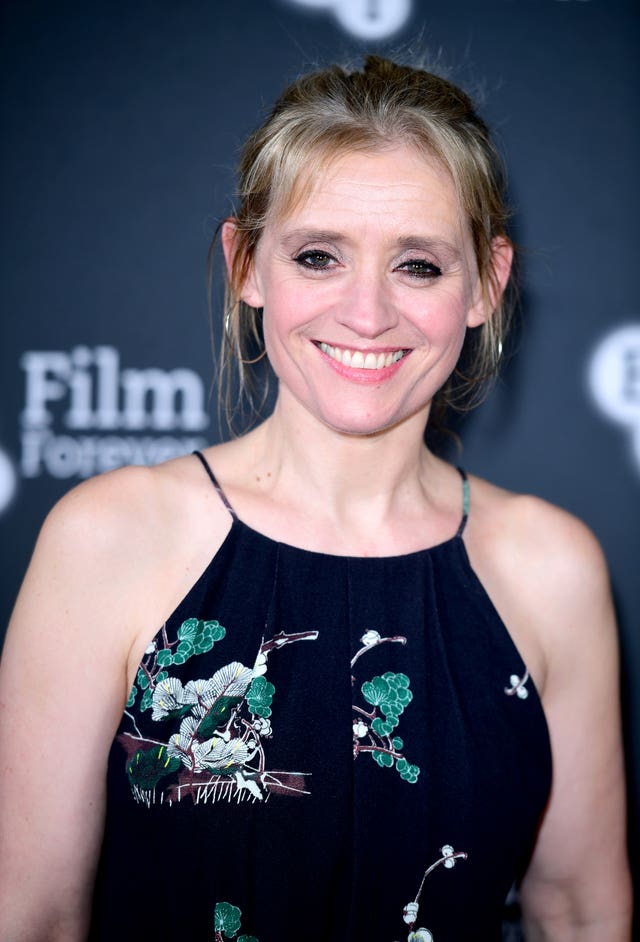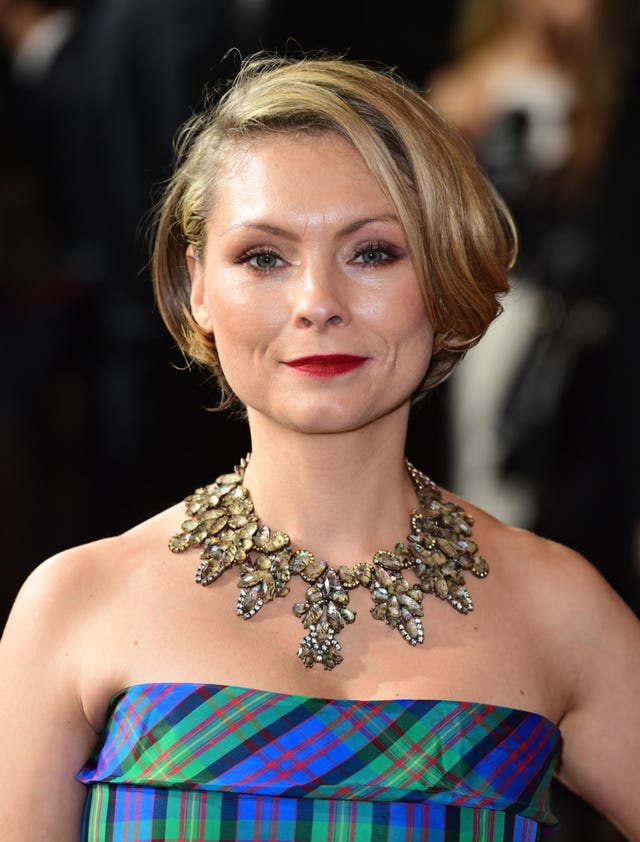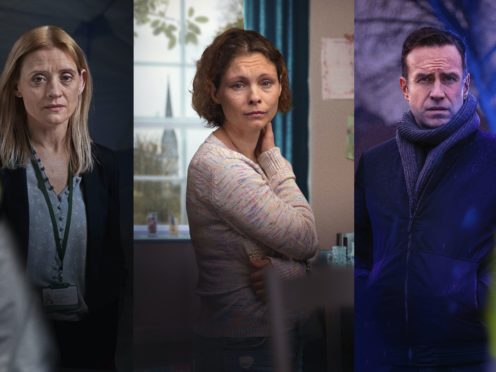The events surrounding the aftermath of the Salisbury poisonings have “resonance” with the coronavirus pandemic, according to the writers of a drama about the incident.
The BBC’s The Salisbury Poisonings series looks at the public health response to the 2018 novichok attack on Sergei and Yulia Skripal.
Adam Patterson and Declan Lawn, who wrote the three-part series on the events connected to the incident, said that the city’s experiences have subsequently been echoed across the country because of the virus outbreak.
In a joint statement, they said: “Naturally, we have watched the recent events around Covid-19 with fascination, because there are so many resonances with the story we tell in Salisbury.
“Many of the things we observed there have subsequently played out across the country.”
The story follows Tracy Daszkiewicz, the director of public health at Wiltshire Council, as she tried to combat “a lethal and invisible enemy that has appeared out of nowhere”, they added.
“The public health response team of which Tracy is a part instigates a lockdown.
“They close a local economy.
“They set up an elaborate system of contact tracing and testing.
“They source and distribute personal protective equipment for use on the frontlines.
“And they deal, every day, with a terrified and frustrated public.”
Ms Daszkiewicz and the residents of Salisbury are left wondering “whether life will ever be the same again”, they said, adding: “The answer, in the end, is that catastrophe forces us to look in the mirror, and to confront who we really are.
“After that, things are never really the same.”

Anne-Marie Duff, who plays Ms Daszkiewicz, said it was a “huge challenge” to try to play her “responsibly, kindly and truthfully”.
Duff added that she did not know much about her story when she took the part because her role in the response to the attack was not covered extensively by the media.
Meeting Ms Daszkiewicz was “massively important”, said Duff, as she wanted to get to know her.
“I got a sense of who she is as a person and details that weren’t in the script but can be useful for an actor to know, although it’s not an impersonation,” she said.
MyAnna Buring plays the poisoning victim Dawn Sturgess, who died after coming into contact with a perfume bottle believed to have been used in the attack on the Skripals.

Buring said that her character was portrayed in the media in a “simplistic and dismissive” way which suggested “she was a homeless addict who passed away because of her life choices”.
That is “simply not true”, according to the actress, who added: “She was a complicated and wonderful human being who left behind an incredible family, and a partner, Charlie, who was also poisoned.”
Buring said that she hoped to create “empathy and understanding” for Ms Sturgess.
“Her death wasn’t just a statistic, her death was a tragedy. She was simply an innocent pawn in major geopolitical games being played,” she said.
The Salisbury Poisonings will air on June 14, 15, and 16 on BBC One at 9pm and all episodes will also be available as a boxset on BBC iPlayer after the first episode has aired.
